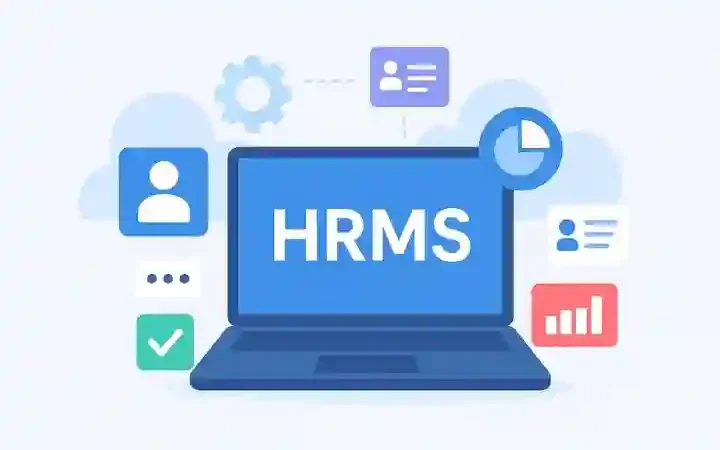Involving Customers In The Training Plan

Involving Customers In The Training Plan : How to take advantage of the customer’s experience for training plans.
To improve the results of training programs, companies should involve their clients in the design and definition of plans.
Large B2C companies invest significant amounts in marketing programs that have been previously “tested” with their customers. Consumer services companies, whose competitive advantage lies in many cases in the behavior of their employees, should not lose sight of the perception that their customers have of these behaviors. With this, they could build training and performance improvement plans that are shaped by what the customer expects to receive and not just by what managers think there is to offer.
The philosophy is simple: since the behaviors of employees are part of our service, let us apply the same work approach to the formation of these behaviors as to the creation of the products. Let’s listen to the demand.
Table of Contents
Identify The Key Behaviors Of The Client.
One way to approach the design of training plans is to focus on the knowledge and skills that, either because of their importance or because of their lack of respect for an objective, deserve to be improved.
The identification of this knowledge and skills is usually done according to internal criteria of the organization itself or performance evaluation processes. However, on rare occasions, the client is asked what are the deficiencies that from his point of view should be eliminated through training or what are the behaviors with which he is most satisfied, or if he perceives a difference between the behaviors of the different competitors.
In service companies, in which the personal relationship component is important and the perception of service quality is strongly affected by the customer’s perception of the staff’s skills, competencies and attitudes, it seems wise to take into account the vision of the Client about what skills and knowledge should be included in the training plan.
In short, what we are saying is that just as we ask our current and future consumers how the product should be for them to buy it, we should also ask them how the profile of people should be shaped.
of the organization that provides the service.
Applying Market Intelligence To Training.
A consumer legal services firm that operates through the internet as well as traditionally, to fulfill its mission of providing quality legal services to families and private consumers, is immersed in a growth plan with the aim of expanding its customer base.
Analysis of key business levers revealed that the moment of truth in capturing a new client occurred in the first face-to-face interview with the potential client. Although the client’s first contact with the company took place via the Internet in almost 85% of cases, the interested parties only really became clients (with a real case registration) after the first face-to-face interview.
The perception of this first face-to-face interview turned out to be, in the research carried out, even more, important than the price of the service, with consumers willing to pay up to 15% more than for an alternative service, if the first
a face-to-face interview was satisfactory.
Do Better What Our Client Values The Most.
In an investigation carried out with potential clients who are consumers of legal and civil liability services. On the other hand, and in the second stage, through interviews with current clients of the firm, the perception that the current client had in the first interview with the company was assessed.
In parallel, an assessment was made of the perceptions of consumers who, having had a face-to-face interview, did not manage to join the company as customers. The final result yielded a collection of behaviors weighted according to their importance that the lawyers responsible for the first interview had to develop in front of the interviewees to increase the chances of capturing the client.
These behaviors were used to build a model of the first face-to-face interview, as well as for the training of lawyers in communication skills that included both interpersonal skills and content.
A Simple And Structured Process.
The application of knowledge of the client to the training of lawyers did not require a large “apparatus” of training resources. In some cases, the mere presentation of results served to “make aware” those responsible for the first interviews of the importance of some crucial elements, such as the process of preparing the interview itself, the extraction of specific data from the prospect to be interviewed through the internet questionnaire or prior telephone call, the elaboration of an argument of experience and success stories that could be transmitted easily and directly (without
technicalities)…
In other cases, such as the acquisition of personal and listening skills or mastery of body language, specific sessions given by specialists were planned whose application to the real case was carried out almost immediately.
The evaluation of the attendees after the sessions and one month after their start-up was carried out according to the Kirkpatrick model up to level 3 (Behavior) while level 4 (results) was evaluated according to business metrics.
In Summary
Listening to the customer is not the exclusive domain of the marketing or sales department. The application of customer knowledge to the preparation of training plans, especially in service companies, can result in plans more oriented towards improving performance and with a more visible impact on business metrics.






